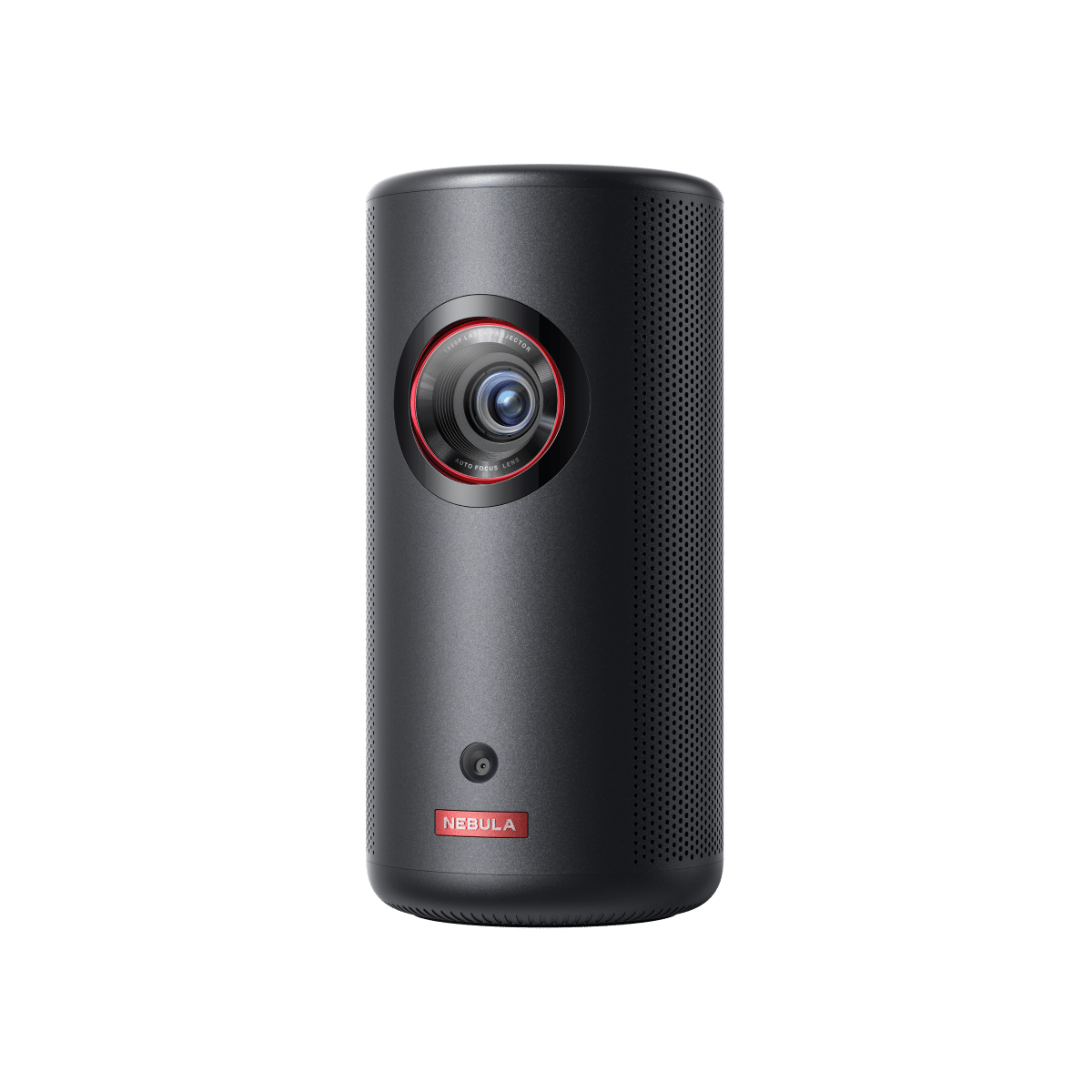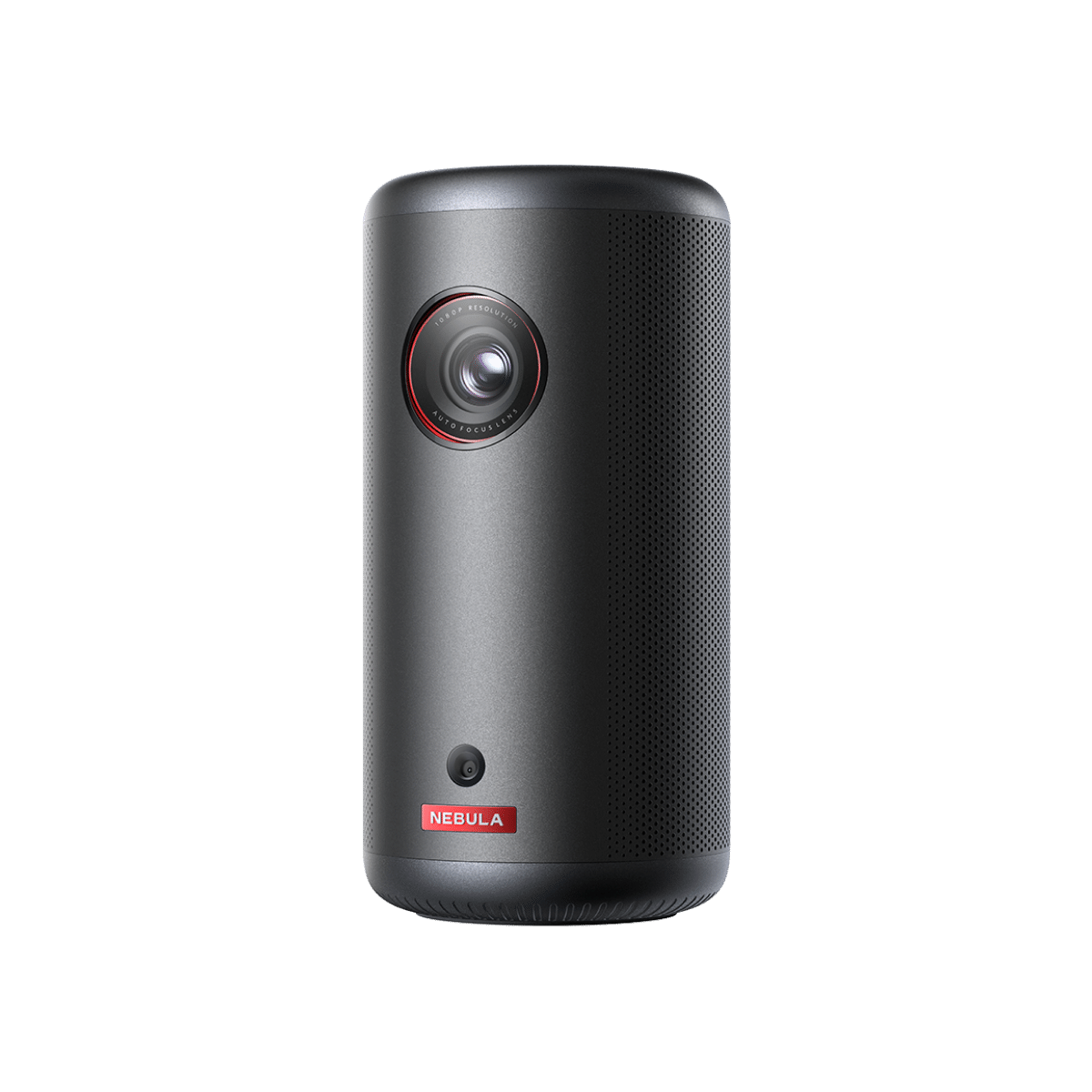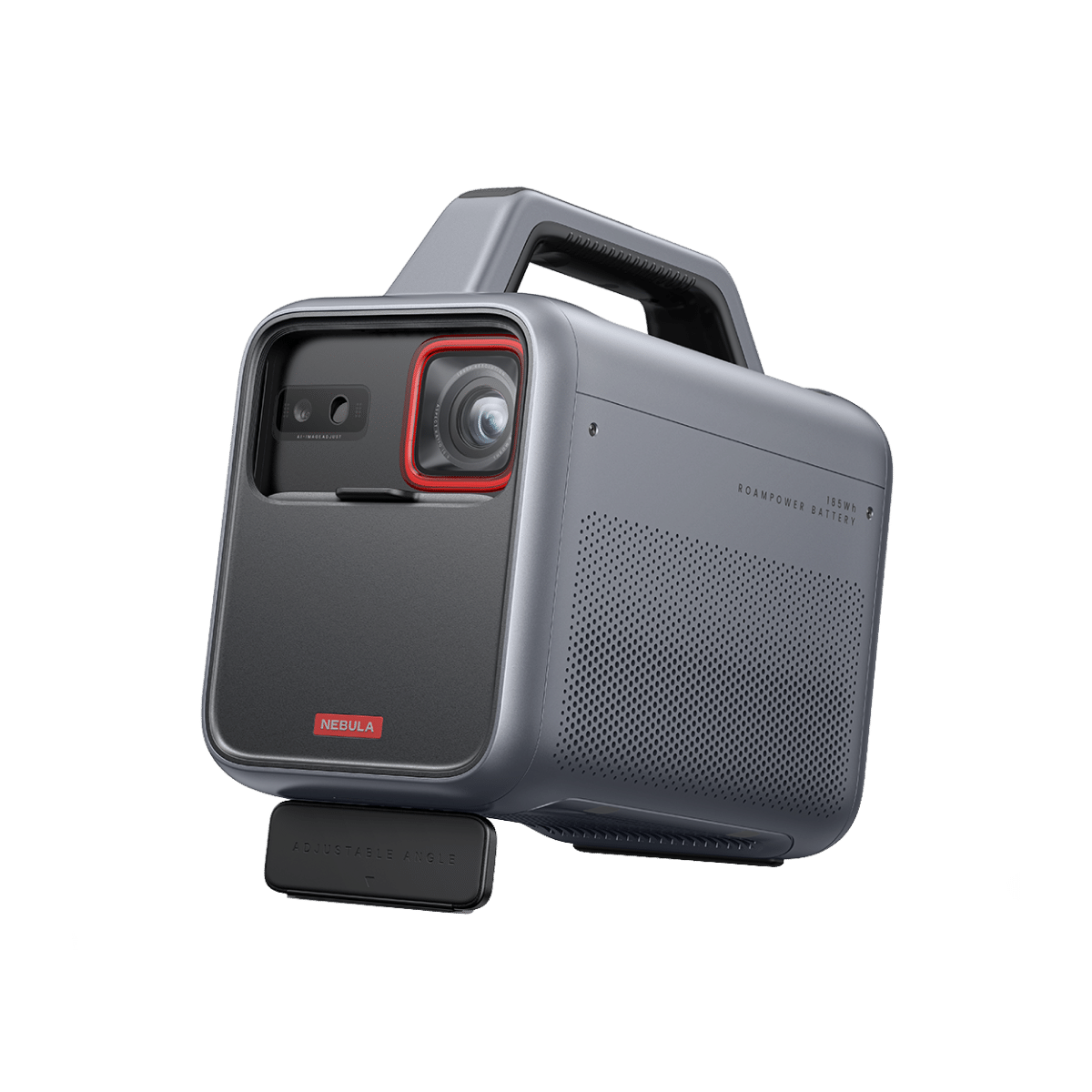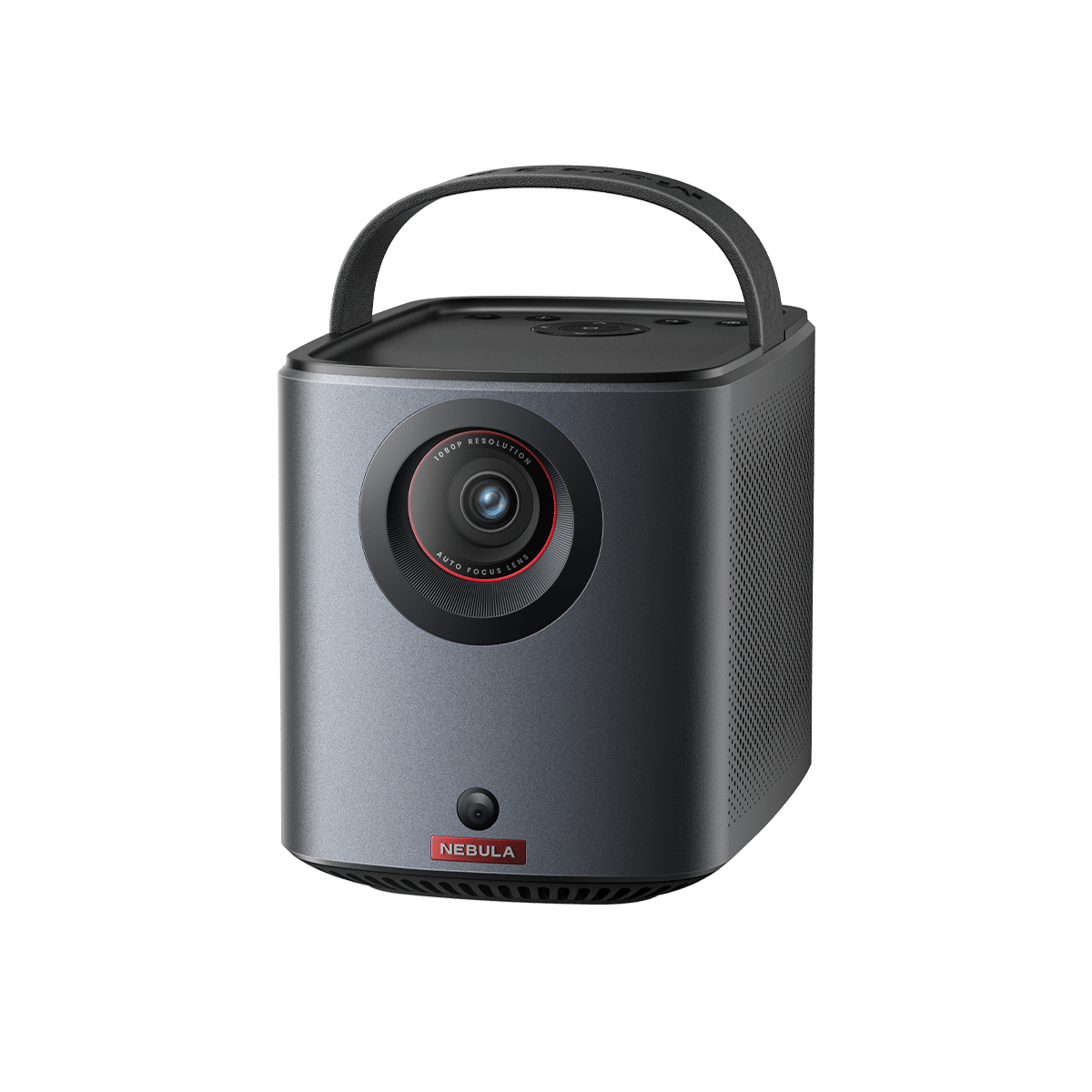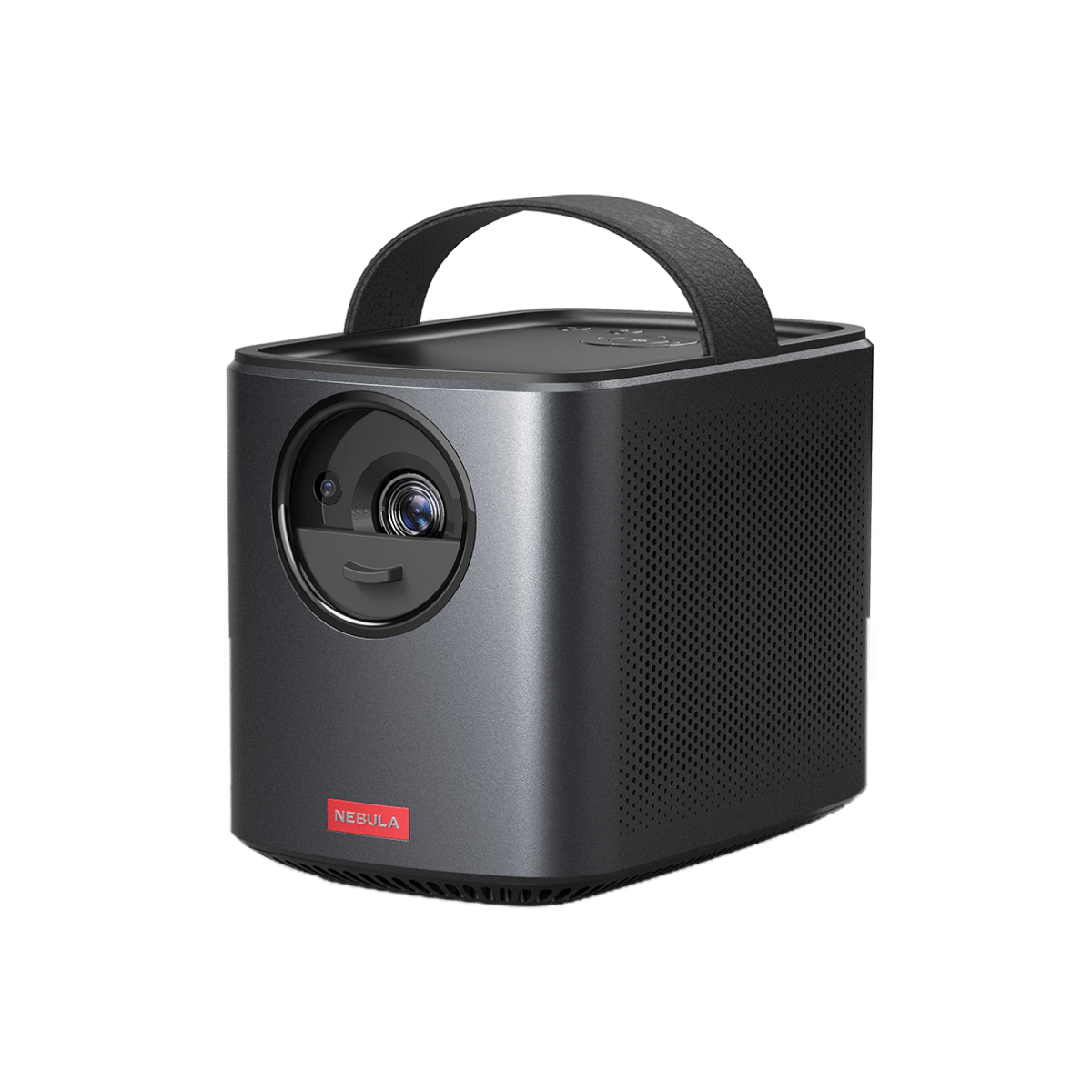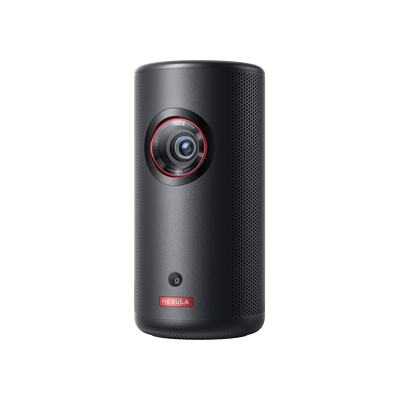In today's fast-paced digital age, the ability to wirelessly connect your laptop to a projector has become a valuable tool, offering a world of convenience and flexibility. Whether you're gearing up for a crucial business presentation, planning an epic movie night with friends, or diving into immersive gaming experiences, the prospect of eliminating cumbersome cables and wires is a game-changer.
It liberates you from the limitations of physical connections, allowing you to move freely and interact more dynamically with your audience or enjoy entertainment in the comfort of your space. In this guide, we unveil various methods available on how to connect laptop to projector wirelessly. Journey with us as we delve into the step-by-step processes of each approach, highlighting the prowess of Wi-Fi-enabled projectors, the versatility of media streaming dongles, and the utility of wireless HDMI kits in seamlessly linking your laptop's display to the grand expanse of a projector screen.
How To Connect Laptop to Projector Wirelessly?
Now, let's venture into the practical steps and innovative solutions that have emerged to achieve this wireless connectivity:
Connect to Wireless Projectors
One of the most convenient and popular methods is leveraging Wi-Fi-enabled wireless projectors. A growing number of modern projectors today, like the Nebula Capsule, are equipped with Wi-Fi functionalities, making wireless connections a breeze. Here's a step-by-step guide on connecting your laptop, whether it's a Windows or Mac, to a computer projector with wireless connection:
For Windows Users:
- Power on the projector and access the Wi-Fi settings, ensuring it’s connected to your existing Wi-Fi network.
- Connect your Windows laptop to the same WiFi network as the projector.
- At this point, it might be required to install software that facilitates the wireless connection between the laptop and projector. The software aids in discovering and connecting to the projector wirelessly, providing operation guides on how to screen mirror to projector, share documents, or broadcast multimedia files with ease and precision.
- You can also use the Windows + P keys to select your preferred projection option or navigate through Settings > System > Display for a more customized setup.
And here's how to connect a MacBook to a projector wirelessly:
- Similar to the Windows process, ensure your projector and MacBook are connected to the same Wi-Fi network.
- Install any necessary drivers or applications as dictated by the projector's manual.
- Navigate to Apple Menu > System Preferences > Displays, or use the AirPlay Display dropdown if the projector supports AirPlay, to mirror or extend your screen.

Harness the Power of Media Streaming Dongles
Another seamless way to achieve wireless connectivity is by using popular media streaming dongles like Google Chromecast or Apple TV. These compact, plug-and-play devices are designed to effortlessly receive content over Wi-Fi and relay it to a connected display using HDMI. If one of these is already part of your tech arsenal, it can serve as the perfect bridge between the digital content housed on your laptop and the expansive display of a projector. Let's delve deeper into some of the standout options and explore how to connect to a projector wirelessly, leveraging each of these tools:
Google Chromecast
Powered by Google's ecosystem, Google Chromecast is known for its simplicity and affordability. You can easily cast content from your Chrome browser or supported apps to the projector, whether you're operating on Windows or macOS. It's especially beneficial for those who frequently toggle between different online platforms. Be it for presenting a Google Slides deck, sharing a YouTube video, or streaming other media, Chromecast ensures a smooth and uninterrupted transition from your laptop to the projector.
The steps:
- Plug the Chromecast into the projector's HDMI port and a power source.
- Download and use the Google Home app on your laptop to set up Chromecast, ensuring both are on the same Wi-Fi network.
- Open Chrome, click the three dots in the corner, select 'Cast,' then your Chromecast device.
- Choose whether to cast the current tab, your entire desktop, or a specific file.
Amazon Fire Stick
Amazon's Fire Stick offers a direct screen mirroring feature for Windows users, making it easy to replicate the laptop's display on the projector. It also brings to the table a rich ecosystem of apps, allowing for varied content presentation options, from business-centric apps to vivid multimedia platforms.
The steps:
- Insert the Fire Stick into the HDMI port on the projector and connect it to a power source.
- Turn on your projector and select the HDMI input of the Fire Stick.
- Follow the on-screen instructions to set up your Fire Stick, including connecting to Wi-Fi.
- On your laptop, open display settings and select 'Connect to a wireless display.'
- Choose the Fire Stick from the list of devices to mirror your screen.
Apple TV
For those ingrained in the Apple ecosystem, Apple TV is a natural extension of the seamless, interconnected Apple experience. With AirPlay at its core, Apple TV offers MacBook users a high-quality, lag-free wireless connection to projectors. Whether you're presenting a detailed keynote or mirroring a design software, the quality remains uncompromised.
The Steps:
- Connect Apple TV to the projector with an HDMI cable and power it on.
- Turn on the projector, select the HDMI input to which the Apple TV is connected, and follow the on-screen instructions to set up your Apple TV, which includes connecting to Wi-Fi.
- Make sure your MacBook and Apple TV are connected to the same Wi-Fi network.
- Click the AirPlay icon on the MacBook's menu bar and select Apple TV to mirror the display.
Go Wireless with HDMI
If you don't have a wireless projector or any of the dongles available, no worries at all. A wireless HDMI kit can be your go-to alternative. It provides a solution independent of your Wi-Fi network, utilizing a transmitter connected to your laptop and a receiver linked to your projector, allowing for the wireless transmission of HDMI signals. Here's how to set this projector wireless connection up:
- Acquire a wireless HDMI kit with positive reviews and ratings to ensure quality and reliability.
- Connect the HDMI end of the transmitter to your laptop and attach the HDMI end of the receiver to the projector.
- Many kits will auto-pair the transmitter and receiver. If yours doesn't, refer to the included manual.
- On your laptop, access display settings. Adjust the settings to either duplicate or extend the display based on your needs.
Conclusion
As we wrap up this enlightening journey on how to connect laptop to projector wirelessly, it becomes evident that the realm of wireless connectivity is as diverse as it is innovative. With options ranging from the intuitive Wi-Fi-enabled projectors, the versatile media streaming dongles, to the straightforward wireless HDMI kits, every need and preference is catered to. Your content, unshackled by the limitations of wires, now has the liberty to grace the expansive canvas of a projector with unmatched ease.
Frequently Asked Questions
Does A Wireless Projector Need Wi-Fi?
A wireless projector doesn't necessarily need Wi-Fi. It can also connect to devices via Bluetooth or proprietary wireless adapters. The specific connectivity options can vary depending on the projector model and brand.
How To Connect Projector to TV Wireless
You can connect a projector to a TV wirelessly through Wi-Fi or a wireless HDMI kit. For Wi-Fi, ensure both devices are Wi-Fi-enabled and connect them to the same network. With a wireless HDMI kit, attach the transmitter to the TV and the receiver to the projector.
